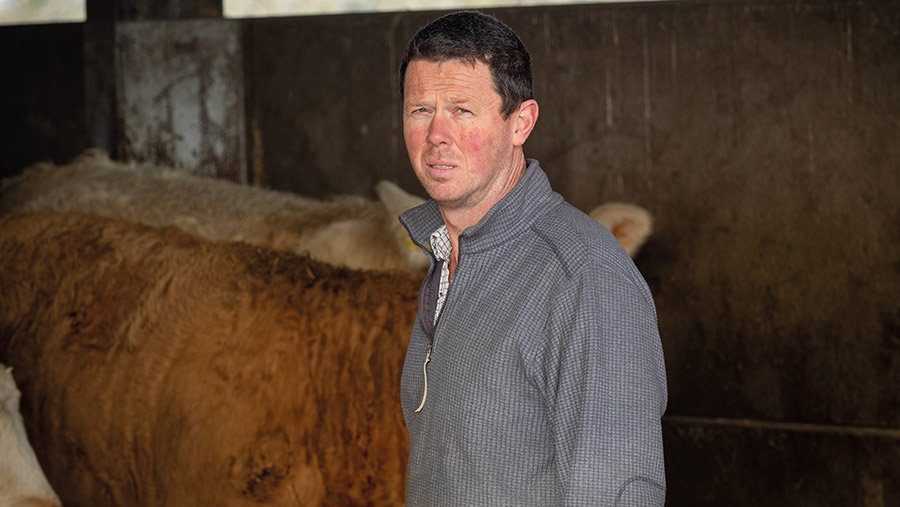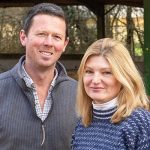Farmer Focus: Breeding bull income just covers feed costs
 © Kathy Horniblow
© Kathy Horniblow
Why is our government seemingly not concerned about food security? At the World Economic Forum, the main discussion point was food.
We have obscene levels of food waste and obesity, so my argument is somewhat weakened. But, with such low food stocks in reserve, we are only a dry spell away from public disquiet.
Public money for public good might be trees and solar panels in a utopian world of ample acres and glorious sunshine, but the UK is a small island of limited grade 1 and 2 land and a large population.
I am not a great fan of subsidies, but with agri-inflation over 30%, we need to look at our bottom line.
See also: Calls for £5/kg beef price grow as 2022 costs hit
The breeding bulls sold to an acceptable average this spring, including two good prices, two bad prices and one broken leg. We managed to pay for the more expensive bull feed.
It’s just as well we only have seven baby bulls this year, as the cost of food has increased to eye-watering levels.
The lambs are finally eating creep. We had plenty of grass in the dry spell and the ewes kept milking, but the growth rates weren’t good enough, which will push finishing back a couple of weeks.
We are killing the cull ewes before shearing as we have done in previous years. The first load of pedigree ewes was £15 up on the year, at £168.
Shearing has been hard work with a lot still sticky. I am trying to do a tidy job on the sale rams and gimmers – it’s slow and steady work.
The maize germinated in dry conditions. I think a heavy roll after drilling made the difference and now the crop is motoring with the help of copious farmyard manure and mid-May rain.
With no fertiliser, first-cut silage was very light, although we didn’t need the quantity or a massive fertiliser bill.
We plan to get clover seed into the cut ground to replace chemical fertiliser and build fertility into the poorest old pasture fields.
Walking some fields with our landlord really showed the chargeable difference in rent between high-clover, high-sugar leys, and old pasture.
The trouble with being honest is I said I can afford to pay more rent for more new leys – I hope that doesn’t come back to bite me later.

